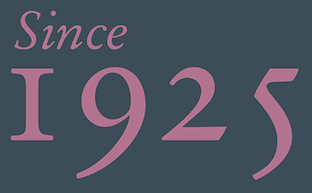TYPE DESIGN INFORMATION PAGE last updated on Tue May 14 17:46:12 EDT 2024
FONT RECOGNITION VIA FONT MOOSE
|
|
|
|
Stempel Garamond
Claude Garamond (1480-1561) cut types for the Parisian scholar-printer Robert Estienne in the early part of the XVIth century. His romans were based on the types cut by Francesco Griffo for Venetian printer Aldus Manutius in 1495. After his death in 1561, the Garamond punches ended up in the printing office of Christoph Plantin in Antwerp, where they were used by Plantin for many decades (they still exist in the Plantin-Moretus Museum). Other Garamond punches went to the foundry of Egenolff-Berner in Frankfurt. Egenolff-Berner issued a specimen in 1592 that became an important source of information about the Garamond types for later scholars and designers. Linotype explains the Jannon types: In 1621, the French printer Jean Jannon (1580-1635) issued a specimen of typefaces that had some characteristics similar to the Garamond designs, though his letters were more asymmetrical and irregular in slope and axis. Jannon's types disappeared from use for about two hundred years, but were re-discovered in the French national printing office in 1825, when they were wrongly attributed to Claude Garamond. Their true origin was not to be revealed until the 1927 research of Beatrice Warde. In the early 1900s, Jannon's types were used to print a history of printing in France, which brought new attention to French typography and the Garamond types. This sparked the beginning of modern revivals; some based on the mistaken model from Jannon's types, and others on the original Garamond types. Italics for Garamond fonts have sometimes been based on those cut by Robert Granjon (1513-1589), who worked for Plantin and whose types are also on the Egenolff-Berner specimen. Linotype has several versions of the Garamond typefaces. Though they vary in design and model of origin, they are all considered to be distinctive representations of French Renaissance style, easily recognizable by their elegance and readability. First released by D. Stempel AG in 1925, Stempel Garamond was based on the Egenolff-Berner specimen of 1592 and was therefore a revival of the genuine Garamond types. It is one of the most famous Garamond interpretations, and since its introduction in 1925, it has been one of the most frequently used text fonts. Digital versions of Stempel Garamond include Stempel Garamond (Linotype), Aldine 430 (Bitstream), Garamond Original (SoftMaker), Garamond No. 2 (URW), and Original Garamond (Bitstream). |
EXTERNAL LINKS |
| | |

file name: Linotype Stempel Garamond after Stempel Stempel Garamond 1925

file name: Linotype Stempel Garamond after Stempel Stempel Garamond 1925 3

file name: Linotype Stempel Garamond after Stempel Stempel Garamond 1925

file name: Bitstream Original Garamond

file name: Bitstream Original Garamond

file name: U R W Garamond No2

file name: U R W Garamond No2

file name: U R W Garamond No2 Caps Medium

file name: Stempel Stempel Garamond 1925 Poster by Karin Thompson 2016
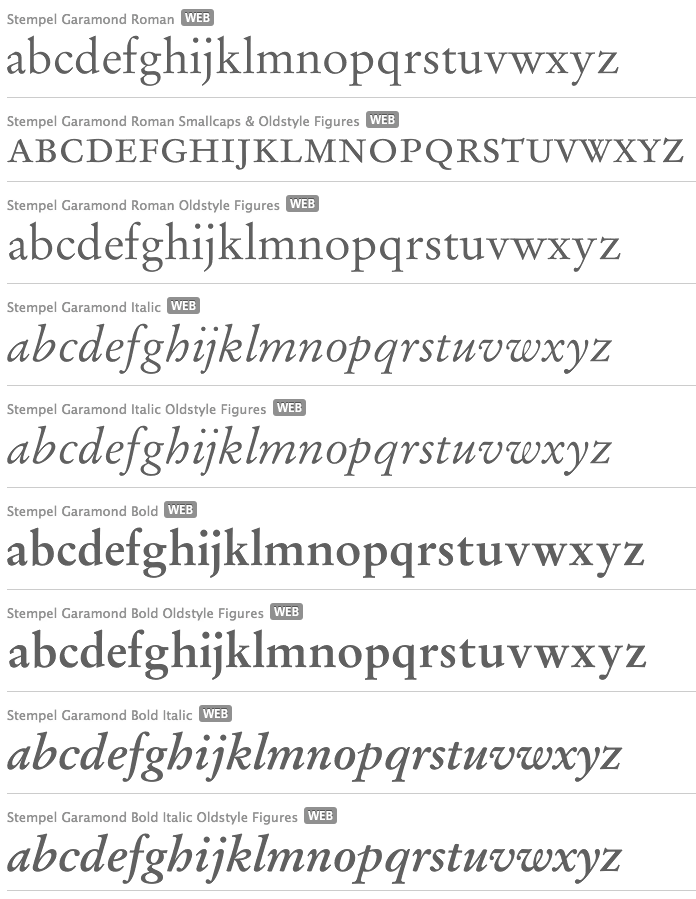
file name: Stempel Garamond 1925 1936 Stempel Garamond 1925 1936
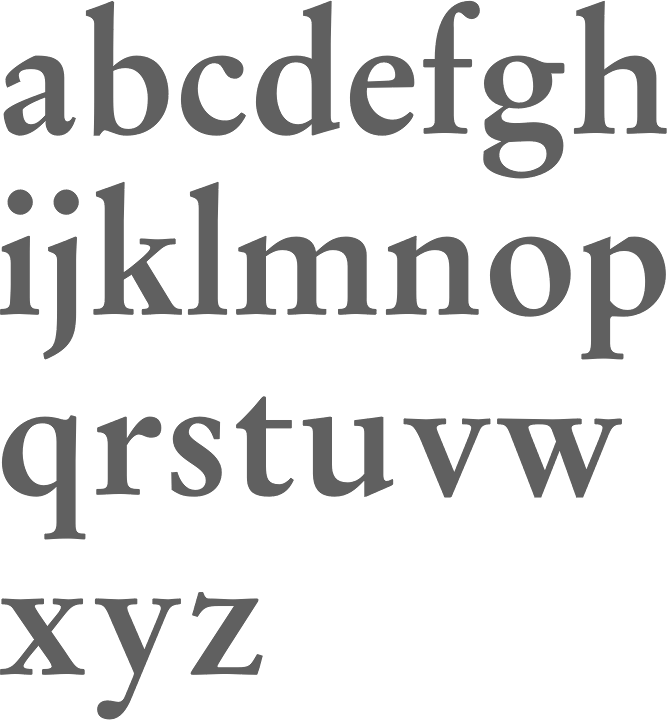
file name: Stempel Garamond 1925 1936 Stempel Garamond Bold 1925 1936
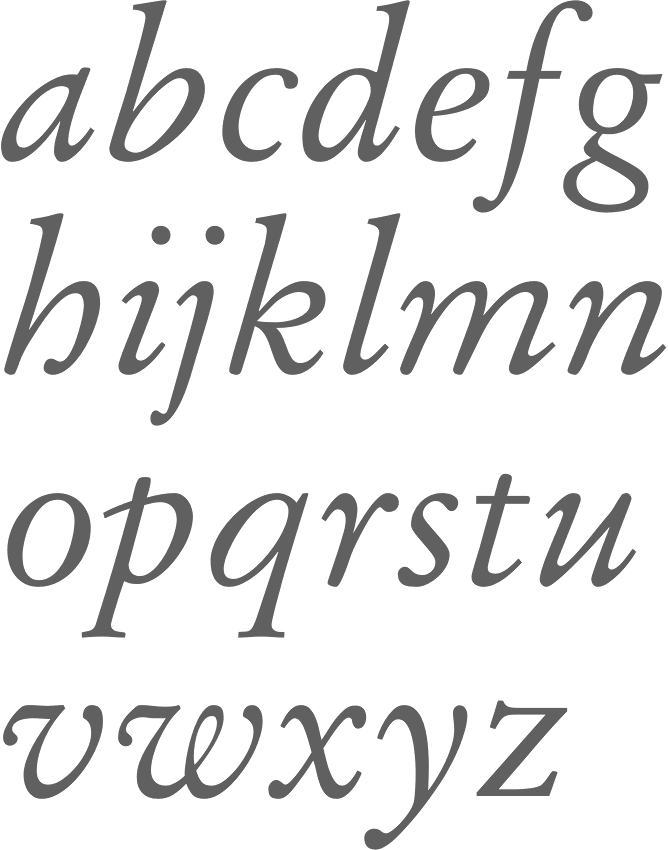
file name: Stempel Garamond 1925 1936 Stempel Garamond Italic O S F 1925 1936
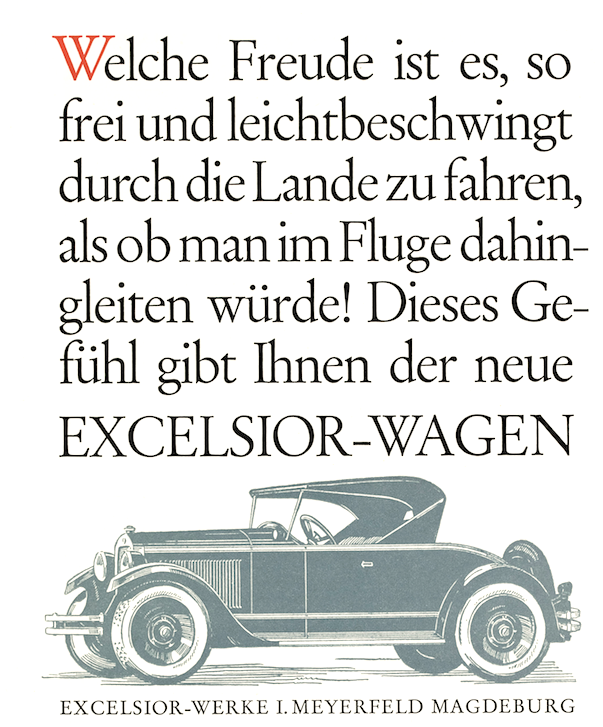
file name: Stempel Garamond 1925 1936

file name: Stempel Garamond 1925 1936 Stempel Garamond Roman caps 1925 1936
| | |
|
Luc Devroye ⦿ School of Computer Science ⦿ McGill University Montreal, Canada H3A 2K6 ⦿ lucdevroye@gmail.com ⦿ http://luc.devroye.org ⦿ http://luc.devroye.org/fonts.html |

